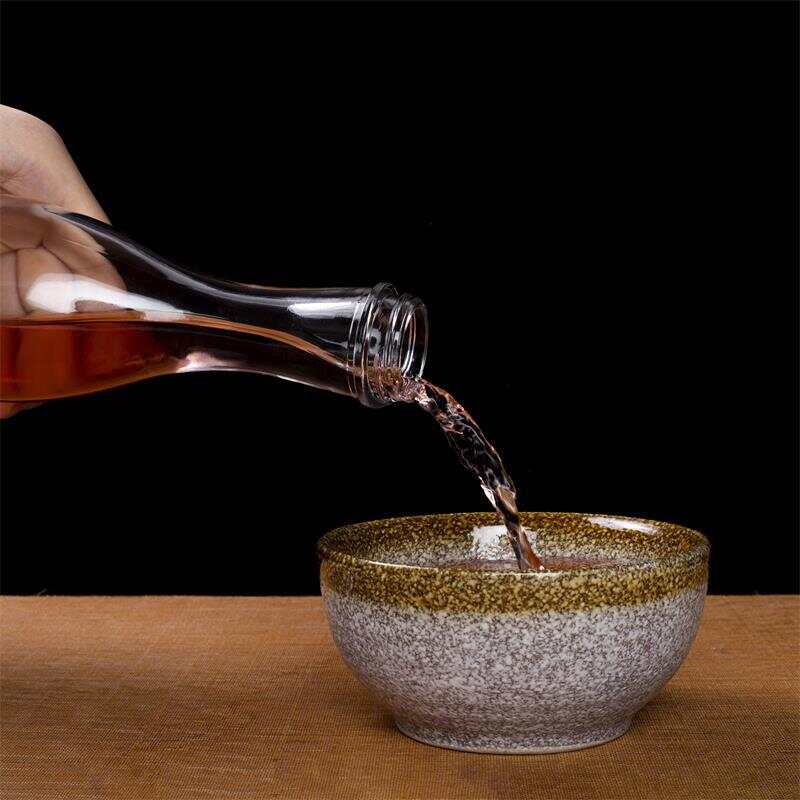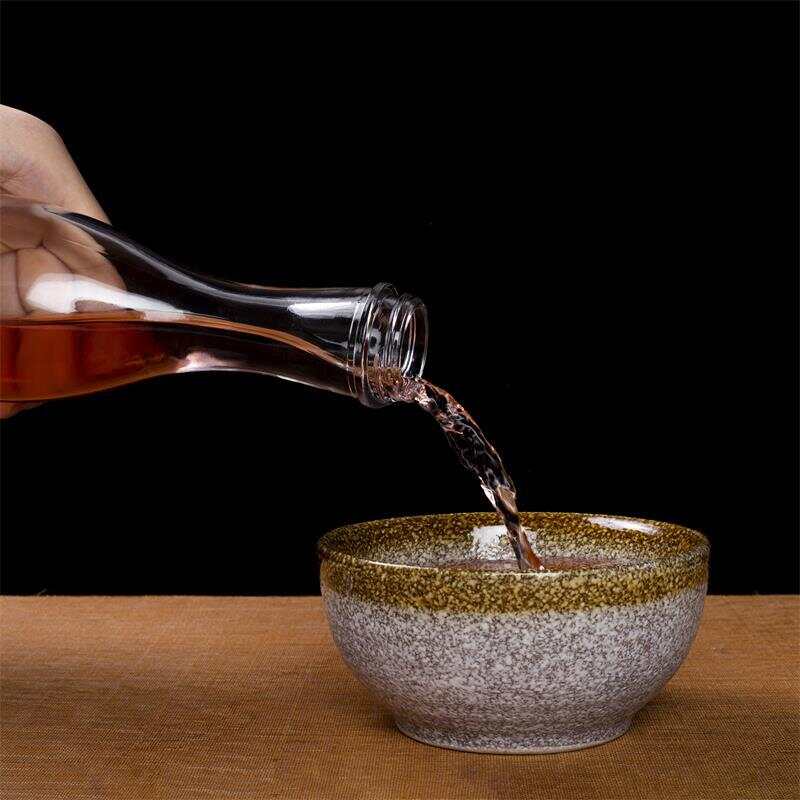Email cannot be empty
Password cannot be empty
Email format error
Email cannot be empty
Email already exists
6-20 characters(letters plus numbers only)
The password is inconsistent
Email format error
Email cannot be empty
Email does not exist
6-20 characters(letters plus numbers only)
The password is inconsistent


In an era of globalization, understanding how cultural preferences, regional tastes, and traditions shape the design, usage, and acceptance of 250-ml flat glass juice bottles becomes paramount. This encompasses not only the physical aspects and functionality of the bottle but also delves into consumers' psyche, cultural background, and consumption habits.
Cultural Preferences and Design
Firstly, from the perspective of cultural preferences, each culture possesses its own unique aesthetic standards and values, directly influencing the design elements and branding strategies of 250-ml flat glass juice bottles. For instance, certain cultures prioritize the aesthetic appeal and decorative aspects of the bottle, while others lean towards practicality and functionality. By incorporating local arts, symbols, and colors into the design, manufacturers can better cater to the diverse needs and expectations of consumers across different cultural backgrounds.
Consumer Attitudes and Acceptance
Secondly, consumers' attitudes and acceptance of 250-ml flat glass juice bottles vary significantly across different cultural environments. Some cultures may gravitate more towards traditional and familiar designs, while others embrace innovation and modern elements. Hence, manufacturers need to meticulously study consumers' cultural habits, purchasing decisions, and brand loyalty to effectively position and market their products.

Regional Characteristics and Bottle Design
When considering regional tastes, the culinary traditions, beverage preferences, and consumption habits prevalent in different regions or countries significantly influence the design, labeling, and packaging of 250-ml flat glass juice bottles. For example, in regions where consumers prioritize natural, organic, and healthy beverage options, bottle designs and labels may emphasize these values and attributes. By gaining profound insights into regional characteristics and consumer preferences, manufacturers can tailor the design and functionality of bottles to resonate with local tastes and demands.
Market Demand and Consumer Trends
Additionally, market demand, consumer trends, and purchasing behaviors are also shaped by regional tastes and cultural factors. In developed countries, consumers might emphasize product quality, sustainability, and brand reputation, while in developing nations, price, convenience, and local flavors might take precedence. Therefore, manufacturers must adapt their product strategies, pricing models, and marketing initiatives flexibly to accommodate the diversity and complexity of different regional and cultural environments.
Traditional Values and Consumer Habits
Regarding traditional values and cultural heritage, many consumers consider products that align with their cultural background, history, and identity when purchasing 250-ml flat glass juice bottles. By integrating traditional elements, storytelling, and cultural symbols into product design, packaging, and marketing, manufacturers can enhance brand recognition, identity, and competitiveness.
Cultural Heritage and Brand Identity
Moreover, cultural heritage, storytelling, and authenticity positively impact brand identity, recognition, and differentiation. By effectively incorporating cultural elements, traditional values, and brand narratives, manufacturers can establish strong customer relationships, boost consumer loyalty, and enhance market performance.
In conclusion, cultural preferences, regional tastes, and traditions exert profound influence on the design, usage, and acceptance of 250-ml flat glass juice bottles across various markets. Manufacturers, marketers, and industry stakeholders must deeply understand these intricate cultural dynamics and market trends to formulate effective product strategies, marketing plans, and brand-building activities, thereby catering to consumers' diversified and personalized needs.